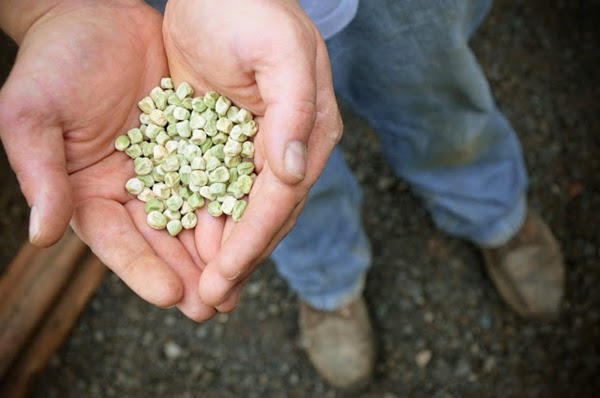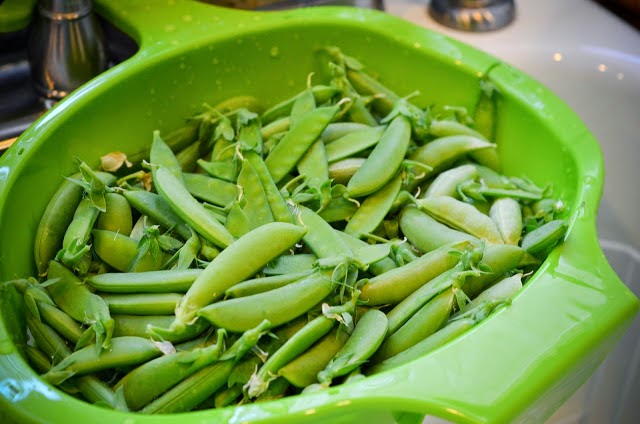

Growing homegrown peas has always been a favorite by home gardeners. They are delicious fresh or cooked, and store exceptionally well. They freeze wonderfully, and are an easy crop to put up by canning.
Regardless of the variety of pea you're growing, if you choose to can them, or pickle them, you'll have a wider window of when you can harvest them. Pickling them will soften and sweeten even the more starchy pods, so if you're a little late in your harvest they'll work just fine for canning.
You'll start by planting your peas, early in the spring, as soon as your soil is workable. Peas are a wonderful cool-season crop, so you can usually even sneak in a fall harvest of peas if you have room in your late summer/early fall garden.
Peas can be grown in many different soil types, but they do require good drainage. Try to keep them in soil with a pH of around 5.8-6.3.
Once your peas are ready to harvest, you'll need to continue to pull them from the vine on a daily basis. This will go on for a week or more if you have used succession planting methods.

If you plan on using them fresh, they are best used as soon as you harvest them. They will also keep well in the refrigerator for a few days.

If you're looking to store your peas for "longer storage", you can blanch and freeze them, or pickle them. They do well with both methods, but pickled peas are quite the delightful addition to salads, sandwiches, cheese/fruit trays, or for snackin' right out of the jar.
How to Make Pickled Peas
- 2.5 lbs sugar snap peas, tips and center string removed
- 1 cup kosher salt (I use Diamond brand) dissolved in about 1 gallon water, cooled
- 4.5 cups white vinegar
- 1 1/3 cup sugar
- 1 tbs celery seeds
- 2 tbs yellow mustard seeds
Try experimenting with your favorite "pickling brine" or adding peppers and garlic to your pickled peas. This recipe can be changed to suit your taste and the flavors you love.
















